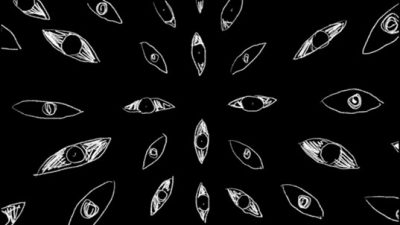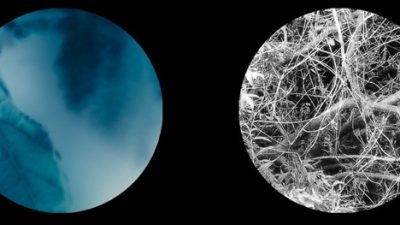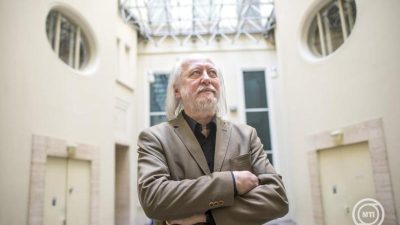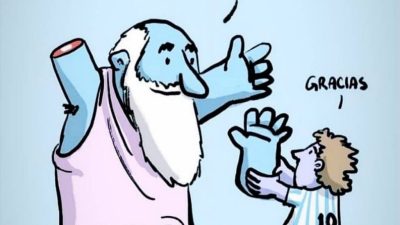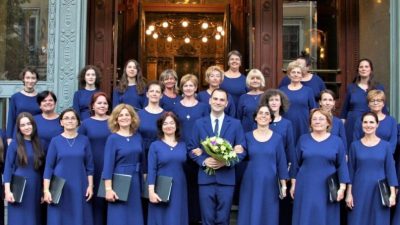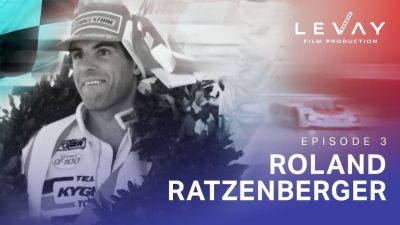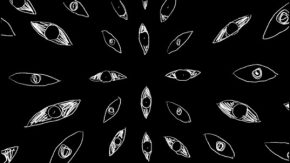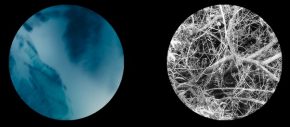Agnes Denes is a force in the art world. Her 90-plus years have been an extraordinary blend of intellectual curiosity, bold experimentation, and deep engagement with pressing issues like ecology, sustainability, and the search for meaning. From the wheatfield she tended to in Manhattan to the pyramid of trees planted in Finland, Denes’ works transcend typical boundaries of art, philosophy, and science. They ask fundamental questions about humanity, its place in the world, and the complex web of interconnectedness and individual responsibility in this whole lot of exciting mess, called life.
Denes was born in Budapest in 1931. After moving to Sweden in the 1940s with her family, and later settling in the United States, she studied at The New School and Columbia University, immersing herself in art, philosophy, sociology, linguistics, natural sciences, you name it. By taking a close look at her body of work, one must say: she has always been interested in everything! It is this unique blend of disciplines that informs her work—a fusion of intellect, instinct, and creativity that allows her to approach art-making with a scientific precision, and logic, while maintaining emotional resonance. Wow, just wow!

Her latest exhibit, Systems of Logic: The Art and Mind of Agnes Denes, on display at the Museum of Fine Arts in Budapest, offers an immersive opportunity to experience the vast scope of her career. It opened in December 2024 and features a selection of her iconic works, from large-scale environmental pieces to intricate drawings, prints, photos, poems and sculptures. The exhibit, which spans decades of artistic production, invites visitors to not only explore her art but to reflect on the systems that underpin our society—knowledge, nature, and human responsibility.
Denes’ art is often infused with a sense of paradox, using both abstract and symbolic visual language to communicate ideas that might otherwise seem inexpressible. One of her key projects, The Philosophical Drawings, explores the nature of knowledge itself. These meticulous graphic works, begun in the 1960s, represent complex ideas about society, the mind, and the limits of human understanding. In one of her most celebrated pieces, A Dictionary of Strength, Denes compiled over 3,000 words from Webster’s Dictionary that related to the concept of strength. These words were then arranged into a pyramid structure, creating an ever-changing, undulating form—visually demonstrating the power of language and the fluidity of human thought. I love that the word she chose to put right on the peak is: silence. Silence can be incredibly powerful, right?

Denes has long been fascinated with the relationship between language and perception, as exemplified in her manifesto from 1969: “Working with a paradox. Defining the elusive. Visualizing the invisible. Communicating the incommunicable. Not accepting the limitations society has accepted. Seeing in new ways. Living for a fraction of a second and penetrating light years.”
This manifesto reveals her approach to life and art: a relentless drive to question, analyze, and expand our understanding of the world. It is this mindset that has allowed her to produce some of the most innovative and forward-thinking works of the 20th and 21st centuries. Her art encourages us to think critically about our surroundings and our place within them, a skill so important yet becoming less and less common in this day and age.

Denes’ work has always been driven by a deep concern for the environment, long before it became fashionable to address ecological issues in art. In the 1970s, when conversations about sustainability and ecological responsibility were hardly part of mainstream discourse, Denes was already creating large-scale environmental works. In Rice Tree Burial, she sowed rice and chained trees in a territory near Niagara Falls, drawing attention to the destruction of natural resources and the importance of cultural preservation. This act, combining Native American symbolism with the intersection of Eastern and Western thought, was not only a profound statement on nature but also a reflection on the ongoing issue of territorial expropriation and colonization.
The Wheatfield – A Confrontation project in 1982, set on a landfill site in Manhattan near the Twin Towers, is another one of Denes’ masterpieces that embodies her blend of social and environmental consciousness. Here, she and a team of volunteers planted wheat on a two-acre site in the heart of New York City. As the wheat grew, so did the paradox: nature was literally confronting the city, a place defined by power and wealth, with the quiet persistence of rural life. The wheatfield attracted not only the attention of passersby but also insects, animals, and the local community—serving as a poignant reminder of our connection to the earth.

The harvest from this field, as she says “the healthiest wheat grown that year due to the absence of pesticides”, was sent to 28 cities around the world to be replanted in impoverished areas. This act of sharing the harvest symbolizes that the earth can provide for all if we just choose to care for it.
Another important project of hers connected to New York was Living Pyramid. Set in Socrates Sculpture Park in 2015 it was another embodiment of her belief in the interconnectedness of individuals and society. Residents of the neighborhood were invited to plant and care for flowers and plants, which contributed to the creation of a living, breathing pyramid. This pyramid was a symbol of community engagement, environmental responsibility, and the idea that each individual has a role to play in the larger structure of society. Imagine how from little children to grandparents, people tend to flowers growing in a communal pyramid. Wonderful, and can be more than just a dream!

In Hungary, Denes’ exhibit Systems of Logic introduces the public to another, lesser known side of her work too: a vast array of drawings, her latest photographs, prints and graphics that explore complex systems of thought, hunger for peace, and the paradoxes of human knowledge. Included in the exhibit is a contemporary version of her time capsule project, which has been a recurring element throughout her career. In this iteration, visitors to the Budapest exhibition are invited to answer a questionnaire on the future of humanity, with the responses to be buried in a time capsule during the redevelopment of Budapest’s City Park.
One of the most iconic pieces in the Systems of Logic exhibit is her Man’s Life Pyramid, a work that maps out the journey of human existence from birth to death. The pyramid, with its layers of concepts such as ignorance, idealism, curiosity, ability, desire, and ambition, is a poignant reflection on the choices and struggles we face in life. Through this work, Denes captures the fleeting nature of our existence while also celebrating the power of human potential. It is a reminder that, as she says, “We must accept the possibility that there may be no language to describe ultimate reality beyond the language across visions.” And yet, she continues to seek out these visions, knowing that the search for meaning is an essential part of the human condition.

Denes’ work spans the globe, and her influence reaches far beyond the United States and Hungary. Her projects have been featured in major international exhibitions, including the Venice Biennale, Centre Pompidou, and the Museum of Modern Art in New York.
For those who happen to be in Budapest, New York Paris or Basel her works are a must-see. They are more than just art; her art challenges us to see the world through new eyes, to question our assumptions, to reinvent our ways of creation and to reflect on our responsibilities to each other and to the earth. The world may be facing unprecedented challenges, but through the work of artists like Agnes Denes, we are reminded that we have the power to shape the future, one thought, one action, and eventually: one pyramid at a time.
~ by Dora Endre ~




